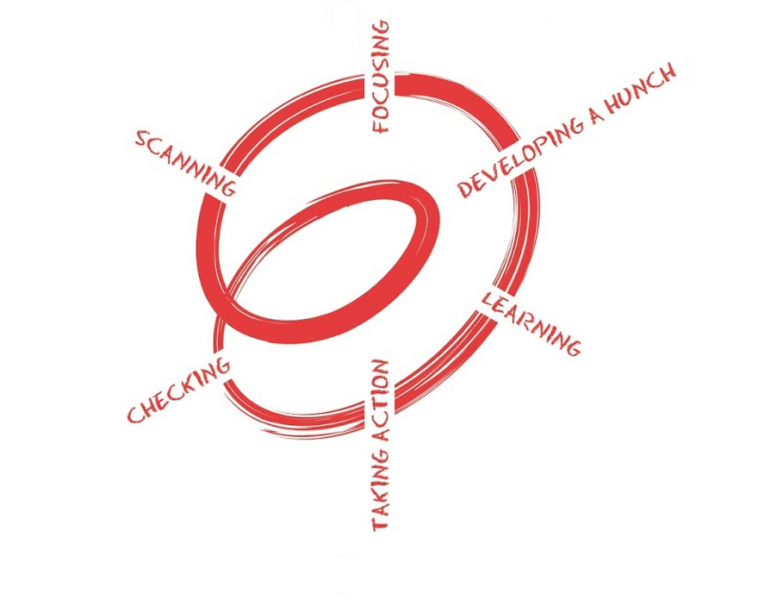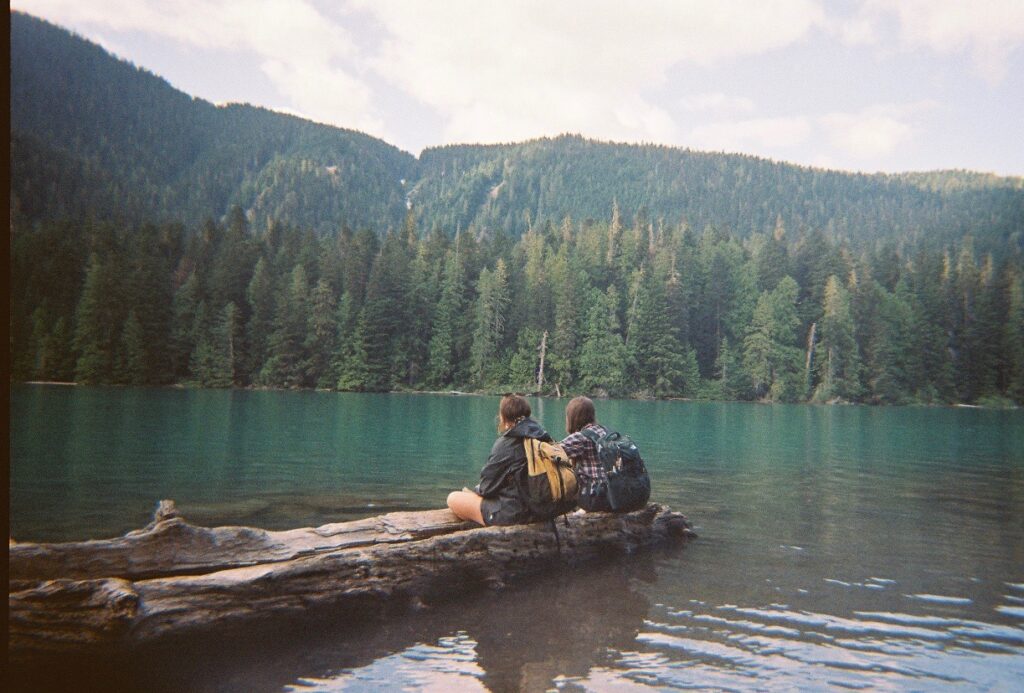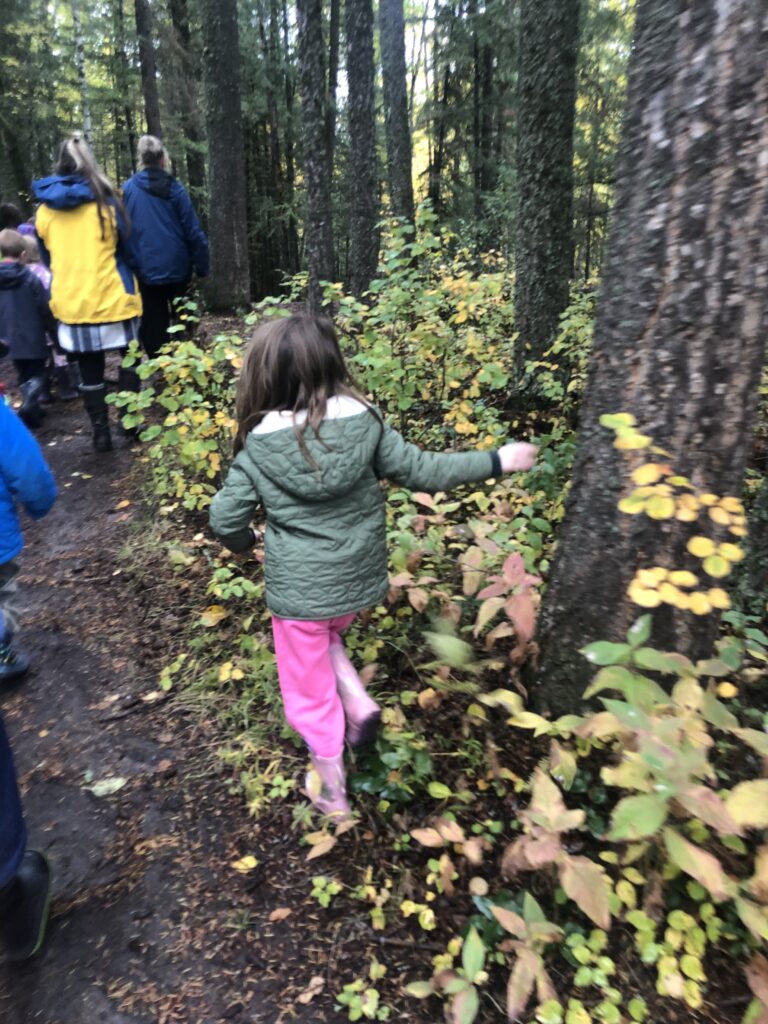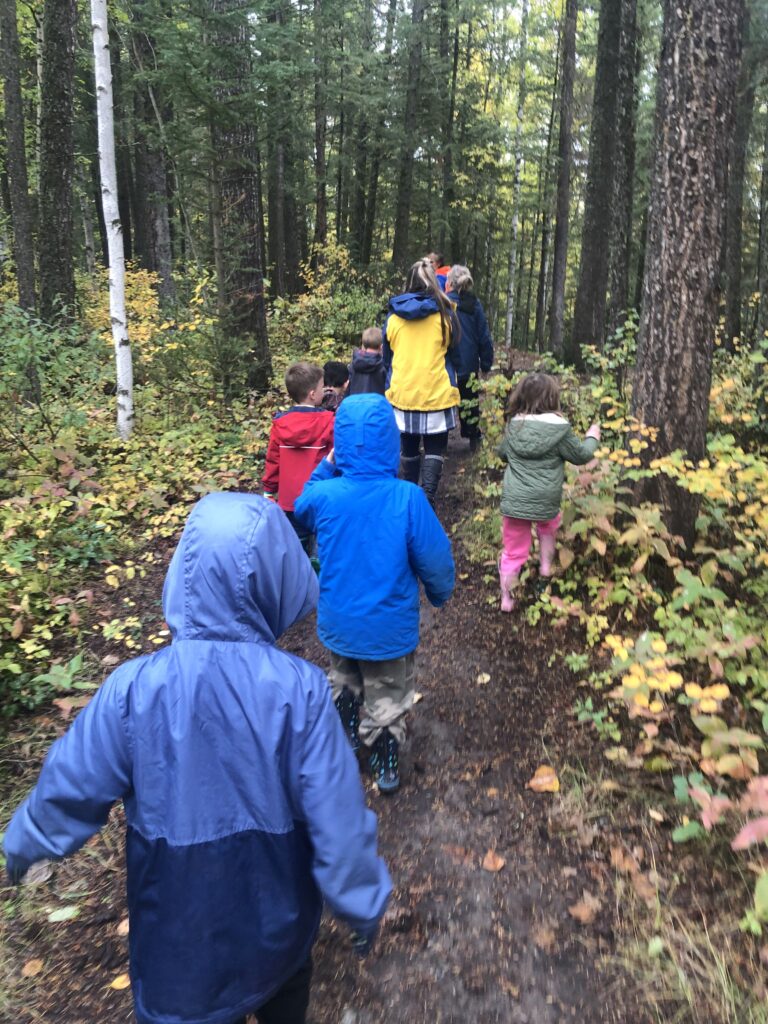As I head into my first practicum, I begin to look into my own spiral of inquiry that I will be developing through my education journey. In this case, my question began as “How can the environment of the classroom affect student learning?”

Scan: I will begin the process by studying my environment and being attentive and investigative of the implications it has on students. This is where my question forms, and I move forward in my inquiry.
Focus: My focus will be on the interactions that students have with their own environment, including interacting with “word walls” and appreciating or being distracted by decorations. This is an important step in my spiral. As I move forward in my scan, I realize that my true inquiry is in the indoor and outdoor environment of the classroom. I will focus on how outdoor learning and indoor learning affect student experience and compare and contrast the two.
Develop a hunch: The hunch that I have is that student wellness is enhanced with land-based learning and being outdoors. Not only does this promote health, wellness and a connection to place, it also provides calmness and joy.
Learning: In this step I will begin to implement some of the ideas I have! I will observe students interacting with the classroom environment. I will use lessons to encourage students to use, or not use, their surroundings and how it can impact their experience. As my inquiry changes, I will implement lessons that take the students outdoors!
Taking action: This is where the fun happens! We will participate in lessons that encourage students to appreciate the outdoors as part of their classroom and a major part of their learning journey. Taking action is quite easy when your CT’s are appreciative of the outdoors, and are also passionate about outdoor learning.
Checking: Reflection, reflection, reflection! As an educator, reflection is a major part of our career and professional development.

EDUC 490
As I enter my second practicum, this is where I realize that my inquiry, and my focus, have changed. While I’m still open to looking at the way classroom environment affects learning, I realize that it’s important to look at the environment beyond the four walls of the classroom and how it can enhance or influence student experience. This felt a lot more natural, as the outdoors and land-based learning is something I am very passionate about. I noticed in my first practicum that the students used their classroom environment in their learning, notably in the “word wall,” letters that adorned the classroom decor and with numbers. These were tools that they used in times of need, and I noted that they often would only use them if they really needed them. In my second practicum, I was in a 5/6 split. The tools that these students need are very different, and the word wall, letters and numbers were absent in the classroom decor. Instead, student projects and artwork were all over the walls. When I asked about this with students, they were very proud that their work was on display and it was evident that this pushed them to create their best product, as they did not want something displayed on the wall that they didn’t put their all into. Though this differs across classrooms, my CT created an environment where students felt safe and proud to show off their creations, and it was beautiful to see. However, I noticed that the indoor environment often felt chaotic and busy. To combat this, and to lean into my inquiry, I planned some lessons to take the students outdoors. We started with a collaborative lesson where students worked together to navigate a grid that I made from a tarp. We set these up outdoors and the students worked through their different grid patterns. I noticed that students were more calm (despite a competitive game-like activity), and I saw more laughter and collaboration.


EDUC 491
My final practicum. Entering this final stretch of the program, I went in with full intention to bring my inquiry to the forefront of my learning. This inquiry has become increasingly important in my own development as an educator, as I become more and more passionate about searching for strategies to include student wellness and joyful experience in my teaching practice. This became even easier when my CT shared her passion for outdoor education, and how in her philosophy, the majority of learning should happen outside. This inspired me to create a multitude of lessons that incorporated the outdoors and experiential learning. Looking at the environment in the classroom, being in a kindergarten class again, I noticed word walls, exciting decorations and even elements that aided with classroom inclusion (for example, a large swing for a student with mobility issues). While these, again, aided students in their learning, I can’t even count how many times students would come to me throughout the day and say “it’s too loud in here” despite the level being at a generally normal volume. The classroom environment becomes overstimulating, and it being “loud” is how students (age 5) feel they can express that. However, when we would go outside (which was often), I would encourage students to reflect on their feelings. There was one lesson that occurred on a very windy day. We were out in our school forest (ECHE has the best outdoor space!!!) when I noticed the treetops swaying in the wind. I paused instruction to encourage all students to lay on their backs and just lay silently to watch the trees sway. I talked about how they should listen to the wind, we can hear it in the trees moving, and that the silence was nature speaking to us. The students did just that, and after we sat up, we sat in a circle and expressed how it made us feel. This is where I felt the magic happen, students who had trouble expressing themselves gave me words like “happy,” “safe,” “calm,” and my favourite: “warm and fuzzy.” This was part of my reflective practice. Though the classroom aids as a tool to enhance student learning, it is only meaningful with the balance of nature-play and outdoor learning. Students feel happier, calmer and generally more joyful in nature and it is very easy to teach and learn meaningfully on our local land.